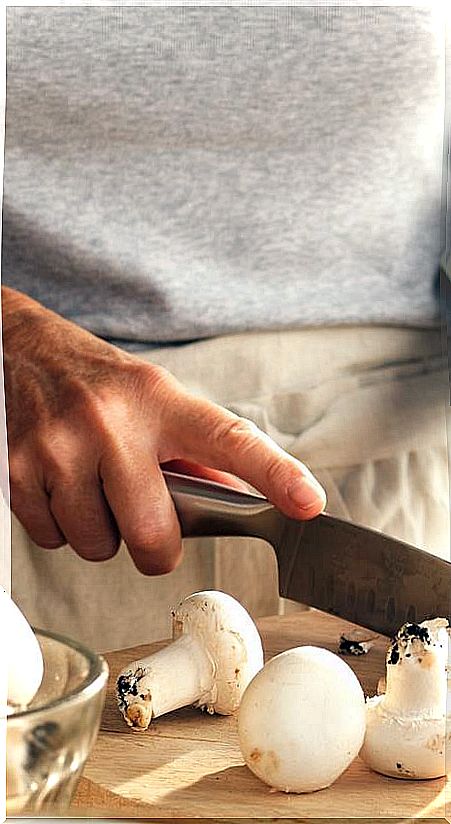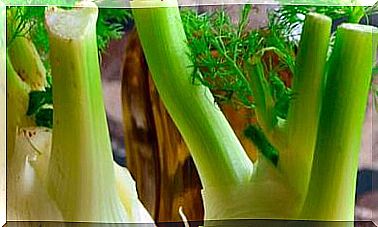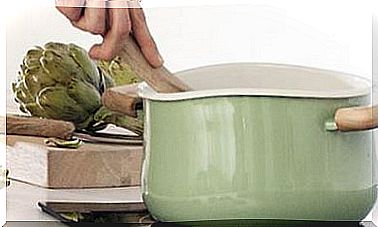The Basic Techniques And Utensils Of Vegan Cooking (I)
Choosing a good knife, soaking legumes and controlling the proportion of water when cooking cereals are little tricks that will undoubtedly improve your recipes.

If you are starting to cook, it is normal that you do not know where to start, and even more so when it comes to cooking vegan dishes. Before being able to perform virguerias with vegetables, it is convenient that you perfectly handle a few techniques that will serve as a basis for day to day, which is what usually gives more headaches.
Everything you need in your vegan kitchen
That is why in these articles I am going to explain some basic things that you will have to practice to familiarize yourself with the ingredients and their cooking methods. The key is that: practice. By acquiring fluency, you will be able to cook faster and more varied, without fear of introducing new ingredients, and you will dare to try recipes that you have found in vegan cooking blogs and magazines.
1. Use a good knife
It seems the easiest thing in the world, but it has its crumb. Do not use a table knife to cut and prepare ingredients such as fruits and vegetables.
You need a good kitchen knife: a chef’s knife (in some places they call it a “chef’s knife”, although the onion is just one of the things that can be cut with it) that has a good balance of weight between the blade and the handle and adapts to the size of your hand. Before buying one, try to take it and make some movements as if you were cutting something gently.
With this knife you can do everything, in fact, with a chef’s knife and a peeler you have enough to start.
Chef’s knives have a curved blade to allow a fast and comfortable rhythmic cutting movement. But don’t start by trying to cut too fast like a pro, just try to cut decisively.
2. Cook legumes (without fear of gas)
Although you can throw cooked and preserved legumes many times, the thing is that you learn to cook legumes properly. It’s easy, it doesn’t require you to be on the lookout all the time, and it lets you choose from a much more variety of legumes.
For most legumes, the use of a pressure cooker or pressure cooker is highly recommended. In these pots the cooking time is considerably reduced. You can take a look at any package of dried vegetables, in the back usually come the cooking times in a normal pot and in a pressure cooker.
Before cooking the legumes, let them soak (the typical thing is to leave them overnight). If it is very hot, leave the bowl with the vegetables and the water in the refrigerator, thus avoiding that with the heat they ferment and become bad.
There are some legumes that do not require soaking or that after soaking hardly require cooking. This is the case of some varieties of small, red and peeled lentils. Always look at the package and follow the instructions.
Before putting them in the pot, throw away the soaking water, thus eliminating part of the compounds that later cause flatulence. Put new water in the pot and pour in the vegetables. There must be at least twice as much water as legumes, as they will absorb water and grow during cooking.
Once it starts to boil, lower the heat and leave it for the minutes specified on the package.
To open the pressure cooker you have to turn off the heat and remove it. When the steam stops coming out, you can open it and check if your legumes are done.
It’s okay if they ever burn you, it has happened to everyone! Always remember that they have enough water, lower the heat (do not leave it to maximum) and do not spend time.
3. Cook cereals just right
The most common are pasta and rice, and I always get a lot of questions about how to cook them.
The simplest thing is to bring plenty of water to boil in a pot or saucepan and once it is boiling add the rice or pasta, stir, let it return to a boil and put it over medium-low heat until tender (in the package usually specify the minutes). Then you just have to drain and we have our rice or pasta made.
The important thing here is the cereal-water ratio. If you try to cook rice with little water it is possible that it sticks or that it is not done, or that it becomes a paste due to the starch it releases. For that we have two ways of making the rice: with plenty of water (minimum 2 liters per 100 g), or with just enough water (1.5 cups of water per cup of rice). For this last option we put the saucepan directly on the fire with the water and the rice, always covered, and when it comes to a boil we put it over low heat until there is no liquid left. Then we remove it from the heat and let it rest for 10 minutes. It is a technique that goes very well with oriental rice dishes.









